In April 2004, I purchased a 1966 Ford Thunderbird. The good news: I got her for a good price. The bad news: I got her for a good price. She was a #6 rustbucket and required a total restoration. Here’s what I’ve done or had done to the car since I’ve owned her:
- Front/rear suspension rebuild
- Transmission rebuild, to include new transmission lines
- Carburetor rebuild (x3)
- Disk brake rebuild, to include new brake lines
- Power steering linkage rebuild
- Total interior rebuild (floorboard repair, new carpets, seat covers & foam padding).
- Repaint of exterior
- Installed new rear window (old one was broken out)
- Replaced driver’s side view mirror and new mechanics and added passenger side view mirror
- Rebuilt power windows (gears, pulleys – the electric window motors still work though)
- Replaced the original fender skirts with stainless steel trim around the rear fenders
- Replaced gas tank, fuel pump, and associated lines in-between
- Installed new exhaust system
- Replaced heater core and all vacuum lines
- Replaced the A/C evaporator and condenser, and associated hoses
- Rebuilt the original compressor
- Re-wired & replaced numerous electrical components
- Detailed the entire engine compartment
- Detailed trunk to include new trunk liner and added an optional trunk release/open mechanism
- Bead-blasted all the wheels, repainted them semi-gloss black and mounted new, period-correct tires on the wheels

Furthermore, in the process of building the interior, I added some rare options like power seats and a reclining passenger seat. Those didn’t originally come on this car as an option, but they were an available option for that year…so I found those on eBay and went with them. I also replaced both door panels with some used ones in good shape.
When replacing the original fender skirts with stainless steel trim, I was able to get a set of the optional ’66 hubcaps in decent shape, so the lack of fender skirts complements them nicely.
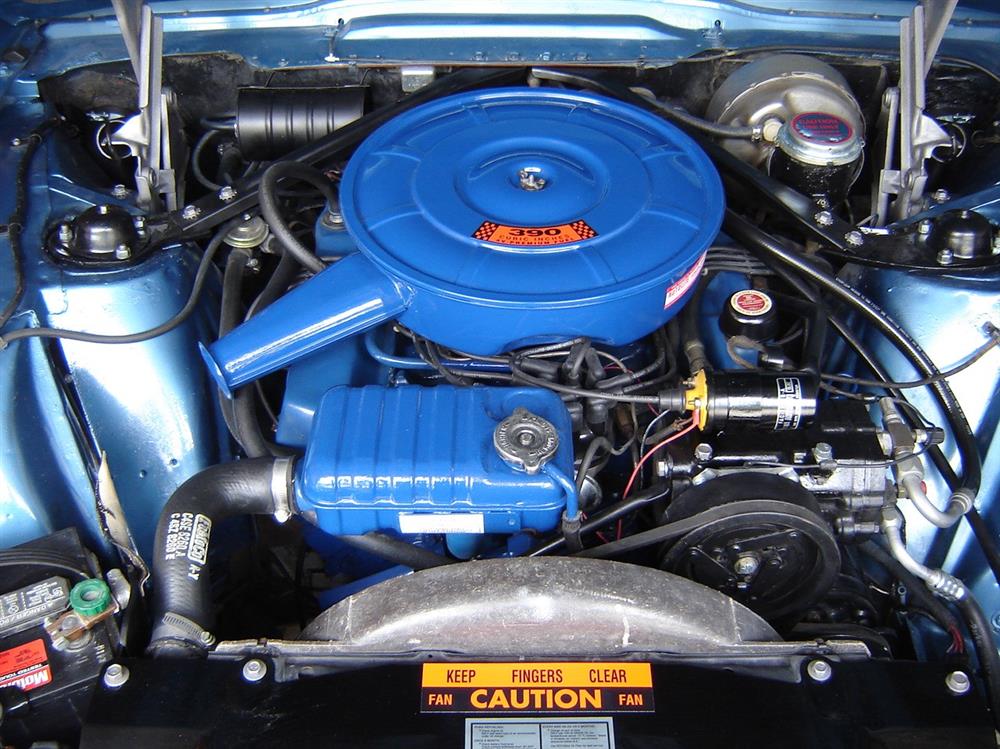
Plus, the car was originally a “Town Landau” (a white vinyl top with a Landau ‘S’ bar on the side pillars). Since the vinyl and chrome trim was long gone, I decided to repaint the exterior with the period-correct “Town Hardtop” option, which was the painted roof with a Thunderbird emblem in place of the Landau “S”. I kept the body the original color (Brittany Blue Metallic), but the roof and side pillars are now painted Wimbledon White. I had to replace both the outer & inner fenders prior to painting, as the ones that were originally on the car had deteriorated into swiss-cheese rust. In addition, I had new weather-stripping installed throughout the car.
I nicknamed this car “Liz." Short for Elizabeth Taylor because in order for her to have all the nice lines and right curves, it cost a lot of money. I parodied Admiral ‘Bull’ Halsey’s response (when he was asked by the Saturday Evening Post so many years ago), why a U.S. warship is referred to as “she." He replied, “A ship is referred to as ‘she’ because it takes so much time, money and effort to make her look pretty."
Original Air components on car:
- Condenser
- Hoses

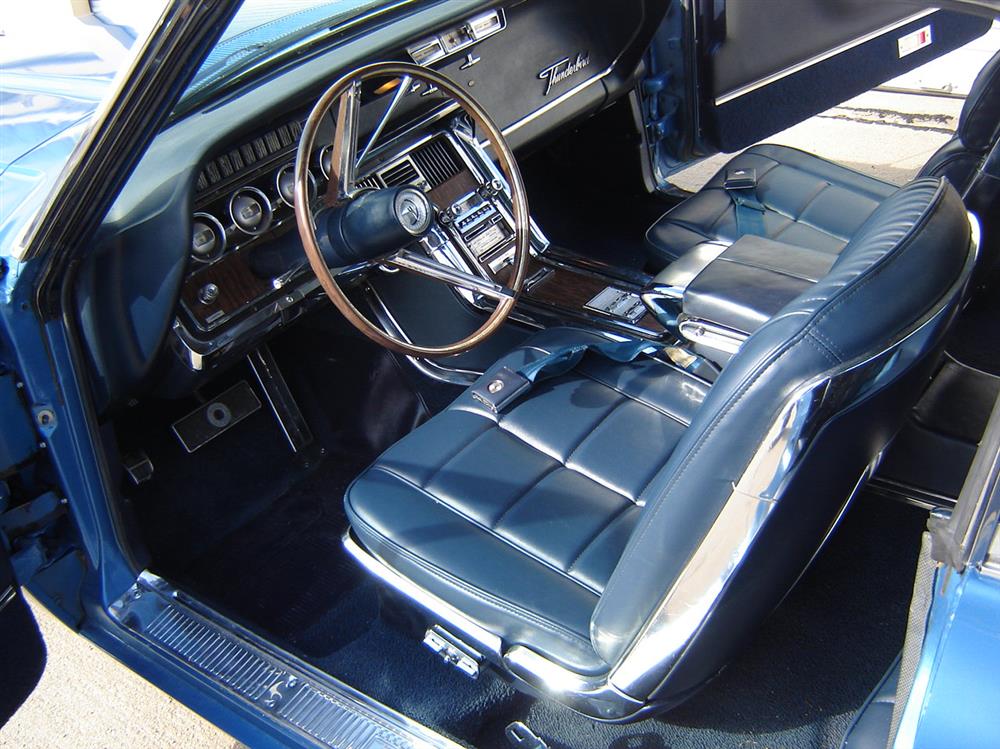






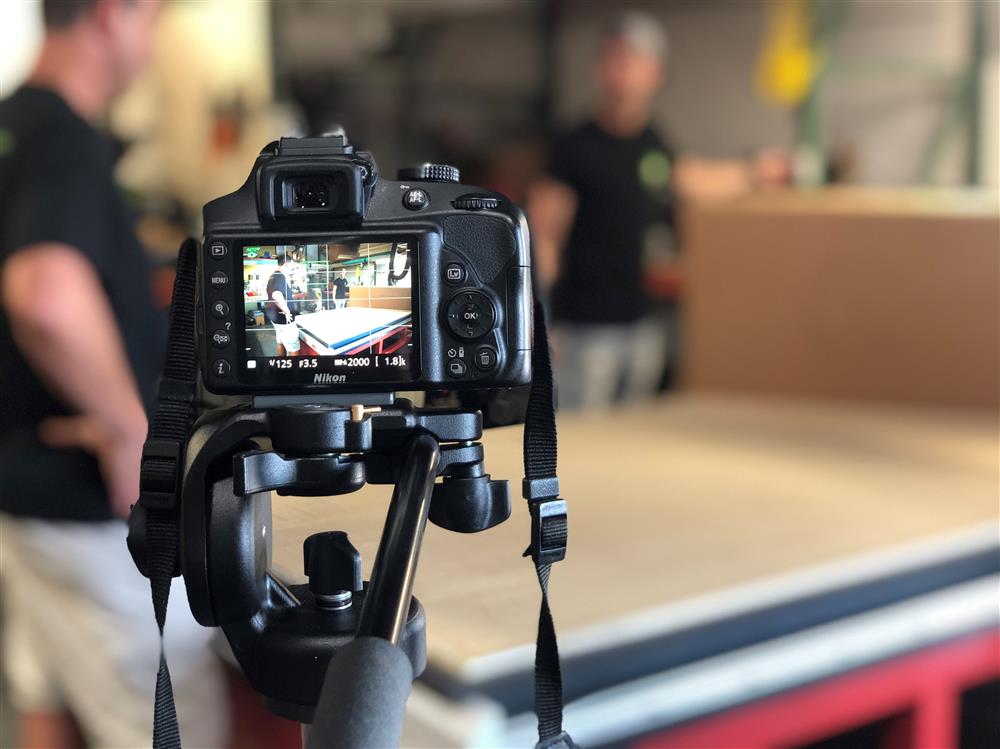
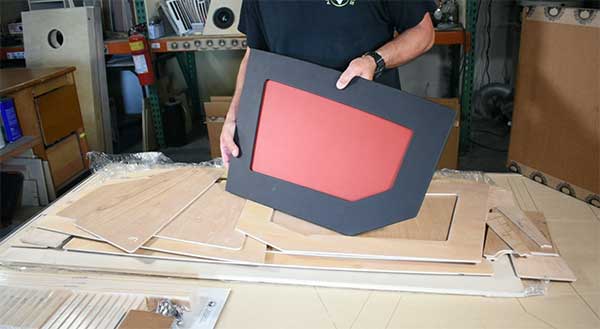
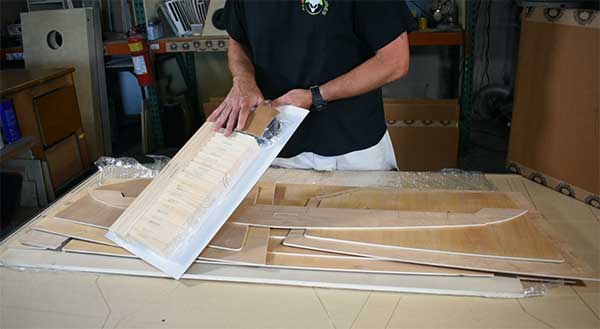

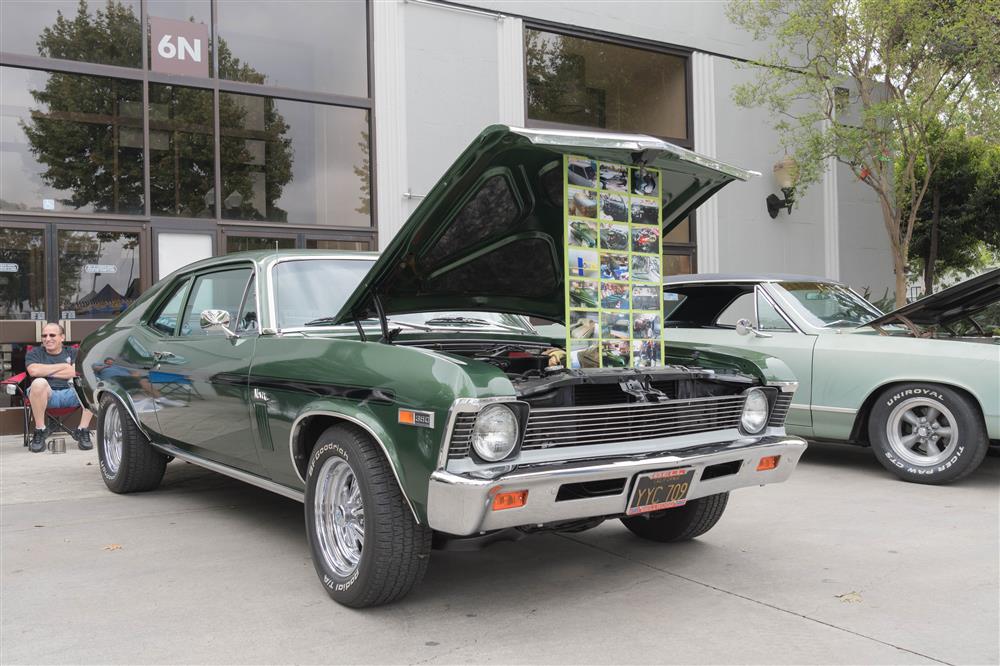

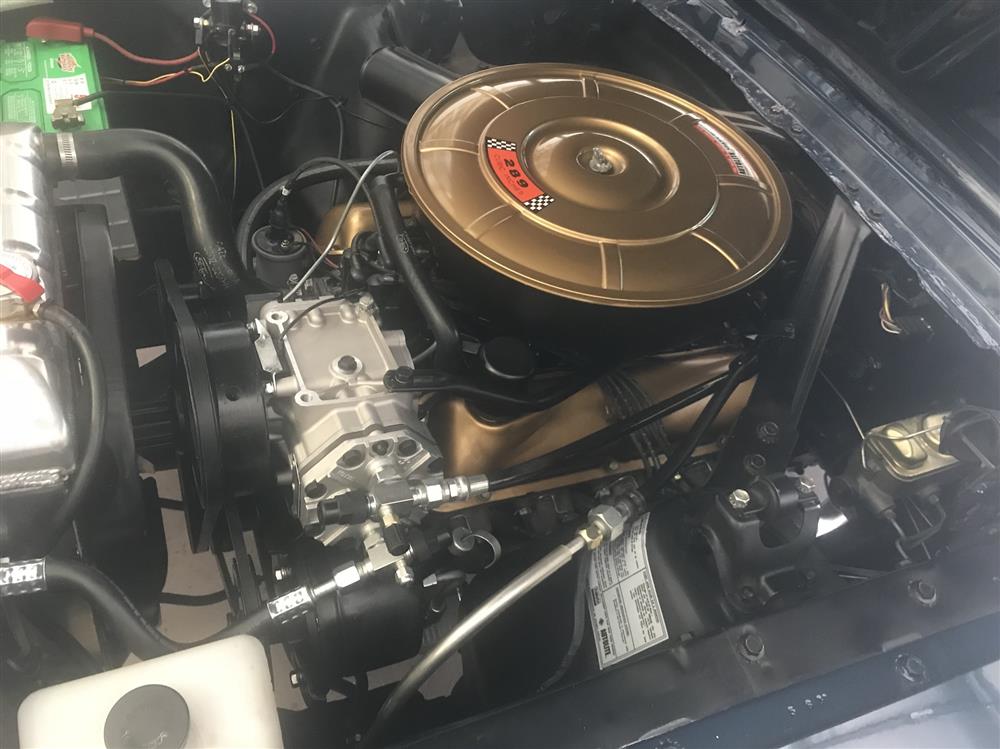





 BEFORE.JPG)
.JPG)
.JPG)
.JPG)